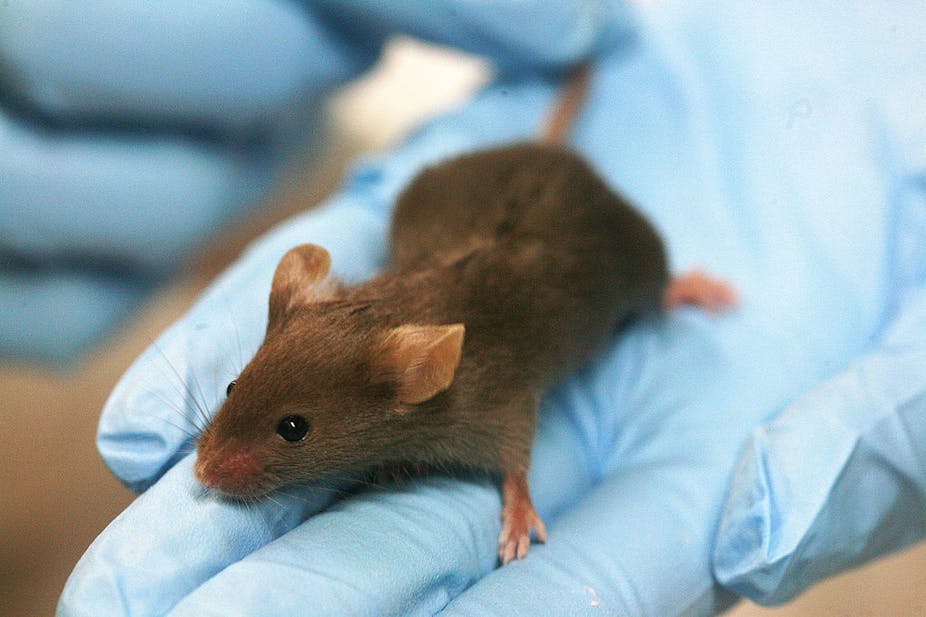The number of animals used in scientific research in the UK fell by 0.4% in 2013, according to figures released by the Home Office. Scientists continue to work hard to reduce the numbers of animals used for medical research and the fall reverses the recent trend of an increase over the past decade – mainly due to a rise in the use of genetically modified mice and smaller species like zebra fish.
The vast majority of the 4m animals used in research (98%) is made up of mice, rats, birds and fish. If you listened to animal rights groups you might be forgiven for thinking that most of the experiments involved dogs, cats and primates, but in fact, these species accounted for less than 0.2% of the total number of animals used.
I understand the importance of using animals in science. In my lab, our research is directed to finding new treatments for early-onset genetic diseases using gene therapy. We use mouse models of these conditions to test how well these treatments work in a living organism. More specifically, our aim is to cure these diseases early in development by treating the patient in utero or as a newborn. In the past year, for example, our current work has shown that delivering appropriate genetic information through a neonatal injection can cure mice with type II neuronpathic Gaucher disease, an intractable and lethal genetic disease that currently has no treatment. Most of the affected children die before two years of age. This success with therapy in animal models provides hope that this treatment can move into the clinic and potentially treat sick children.
The length of time it takes for new medicines and treatments to get from bench to bedside means it can sometimes be difficult to see how research done in 2013 will help us further down the line, but here is a flavour of some of the bigger breakthroughs of last year, made possible thanks to research using animals:
An ovary stimulation technique involving removing and stimulating the ovaries to produce eggs in the lab, and originally pioneered in mice, allowed a previously infertile woman to give birth.
An experimental gene therapy successfully treated dogs with haemophilia A, a condition that naturally affects around 6,000 men (and very occasionally women) in the UK. This treatment will hopefully move to clinical trials.
Scientists successfully grew tiny “liver buds” using human stem cells. When transplanted into mice with liver failure, the liver buds delayed the death of the animal and even began to take on a range of liver functions such as protein secretion. After transplantation, the liver buds attached themselves to nearby blood vessels and continued to grow.
The newly released animal research numbers will be encouraging for the government and their commitment to the 3Rs – replacement, reduction and refinement of animals in research. Earlier this year, the government announced that it would increase the funding of the National Centre for the Reduction, Refinement and Replacement of Animals in Research (NC3Rs) from the £5.3m in 2010-11 to more than £8m in 2014-15.
Conducting animal research is not a choice that any researcher or institution takes lightly. The law rightly states that it can only be carried out where there are no viable non-animal alternatives. Nonetheless, while people continue to suffer or die from diseases we have a moral duty to continue such research. Things are improving; cancer ten-year survival rates have risen from 25% to 50% over the past 30 years, but we must continue to develop new and better medicines and diagnostic tools to help people overcome such diseases. We cannot become complacent but we should not shy away from the potential benefits of ongoing animal research.

